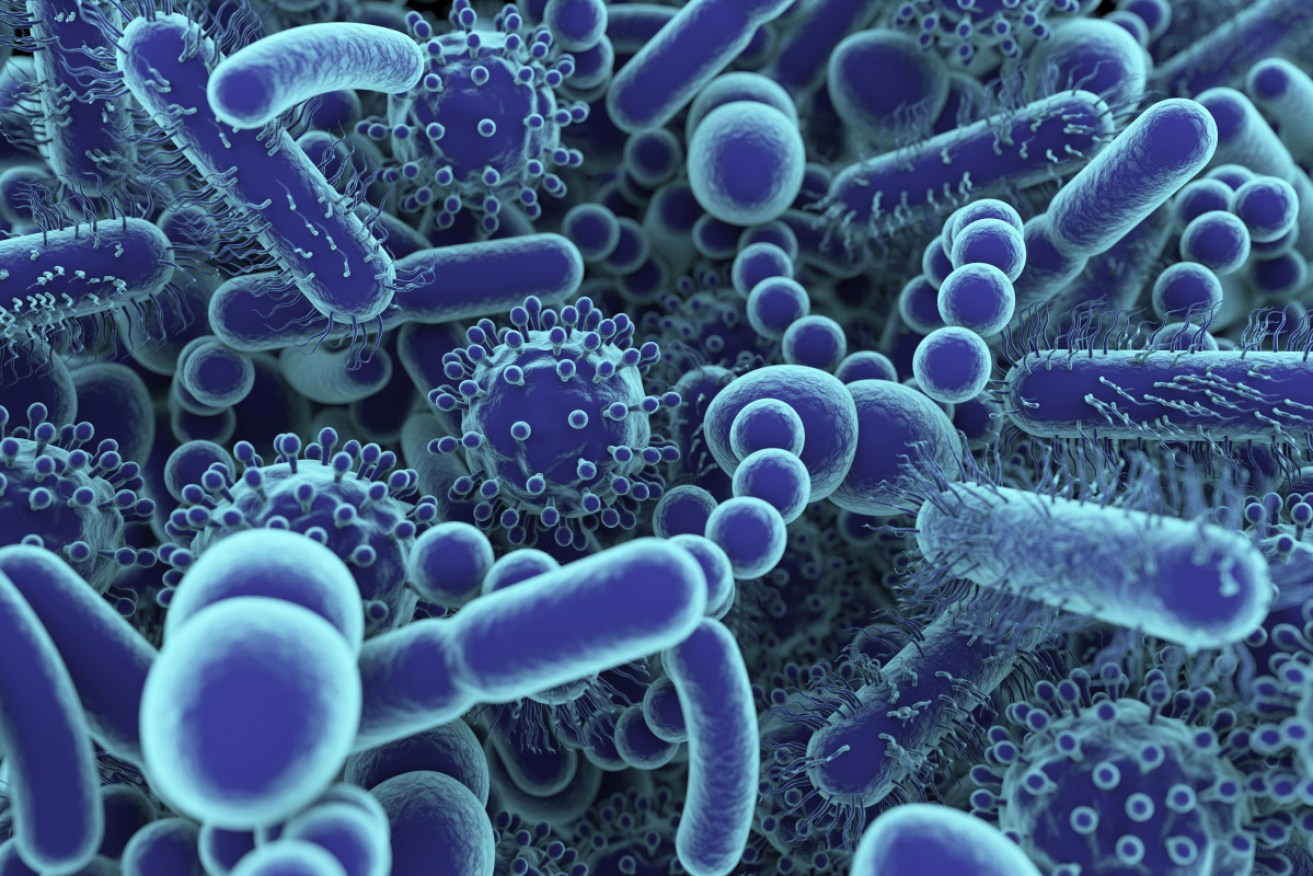Scientists discover electricity-breathing, pollution-eating bacteria in hot springs


Over presribing of antibiotics has led to bacterial strains that are immune to traditional treatments.Photo: Getty
In an effort to solve environmental pollution and sustainable energy, scientists for the first time ever have captured bacteria that could “eat” pollution and generate electricity.
Researchers at Washington State University discovered the presence of tiny organisms within the hot springs of Yellowstone National Park, that could transform harmful pollutants into less toxic substances while simultaneously producing electricity.
“This was the first time such bacteria were collected in situ in an extreme environment like an alkaline hot spring,” lead researcher Abdelrhman Mohamed said, noting that temperatures in the hot springs could reach up to 200 degrees Fahrenheit (about 93 degrees Celsius).
The group of researchers inserted electrodes at the edge of four pristine pools of hot water, hoping to wheedle the little known submerged creatures out of hiding.
They returned to the hot springs after 32 days to find that they had successfully coaxed the so-called “electrogenic” microbes – heat-loving bacteria that “breathe” electricity through the solid carbon surface of the electrodes.
“As these bacteria pass their electrons into metals or other solid surfaces, they can produce a stream of electricity that can be used for low-power applications,” fellow researcher Haluk Beyenal said.
To collect bacteria in such an extreme environment over 32 days, the researchers invented a potentiostat, an inexpensive, battery-powered electronic device that could control the electrodes submerged in the hot springs for long periods of time.
“The natural conditions found in geothermal features such as hot springs are difficult to replicate in laboratory settings,” Mr Beyenal said.
“So, we developed a new strategy to enrich heat-loving bacteria in their natural environment.”
The majority of living organisms use electrons to power themselves.
These organisms, which include humans, also need a source for electrons, as well as a place to dump the electrons in order to live.
For humans, the electrons come from sugars in food and are passed through breathing oxygen through the lungs, while several types of bacteria dump the electrons to outside metals or minerals by using protruding, hair-like wires.
The team, in collaboration with colleagues from Montana State University, published their research detailing the multiple bacterial communities they found in the Journal of Power Sources.
While they hope this could be the key to solving both the energy and pollution crises, the scientists admit it may be difficult to detect and collect greater amounts of the electricity-breathing bacteria because of the extreme environments they live in.
-With agencies.








